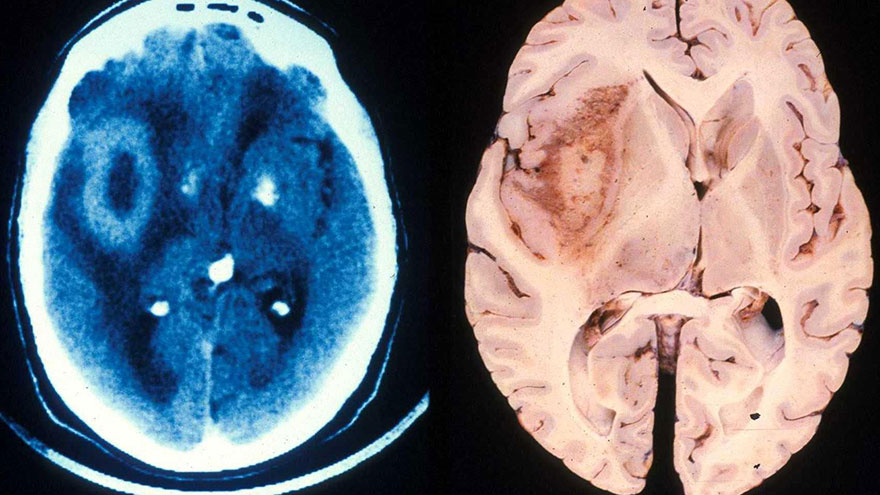About Glioblastoma Brain Cancer
Glioblastoma multiforme is a type of cancer that forms from malignant astrocytes, a type of glial cell that is in the brain. Glioblastoma brain cancer is the highest grade of glioma cancer with a grade four; it is the most malignant form of an astrocytoma.
Patients who have glioblastoma multiforme exhibit the same general symptoms of other brain cancer patients and receive the standard form of treatment; however, because of the advanced stage of this type of cancer, survival rate is low.

Causes
The causes of glioblastoma multiforme, as with other types of brain cancer, is not fully known. Glioblastoma multiforme brain cancer can form at any point in a person’s life; however, glioblastoma multiforme occurs most frequently in patients over age 50.
Symptoms
Patients with glioblastoma multiforme experience a variety of different symptoms. The most common symptoms include vomiting, seizures, eyesight problems like double vision, dizziness, difficulty walking, problems with speech, frequent headaches and abnormal pulse and breathing rate.
The frequent headaches, especially if there is an increasing intensity of the headache, can be an indicator of pressure against the brain due to the growth of a brain tumor.
Diagnosis
A doctor will begin with a neurological examination to check function and movement and check if there are signs of pressure on the skull from a possible tumor. Other indications a doctor will look for include increasing sings of mental dysfunction and new seizures, especially if the patient has no previous history of seizures.
In order to see where the tumor is located, a CT scan or MRI scan on the head will be done. Finally, a biopsy will be performed on the tumor to indicate if it is malignant or benign.
Treatment
All forms of gliomas are treated with radiation, where ionized radiation is used to kill the malignant cells. Chemotherapy is also used to treat glioblastoma multiforme, but surgery is not usually used because of the location of the tumor. Radiation is usually the first type of treatment, then chemotherapy is used if the patient does not respond to radiation.
Survival
There is a low survival rate of patients with glioblastoma multiforme brain cancer—one out of four patients survive two years after diagnosis. However, chances of survival are better if the patient is younger than age 45, the tumor is in a lesser stage of severity, or all or most of the tumor is removed through treatment.

